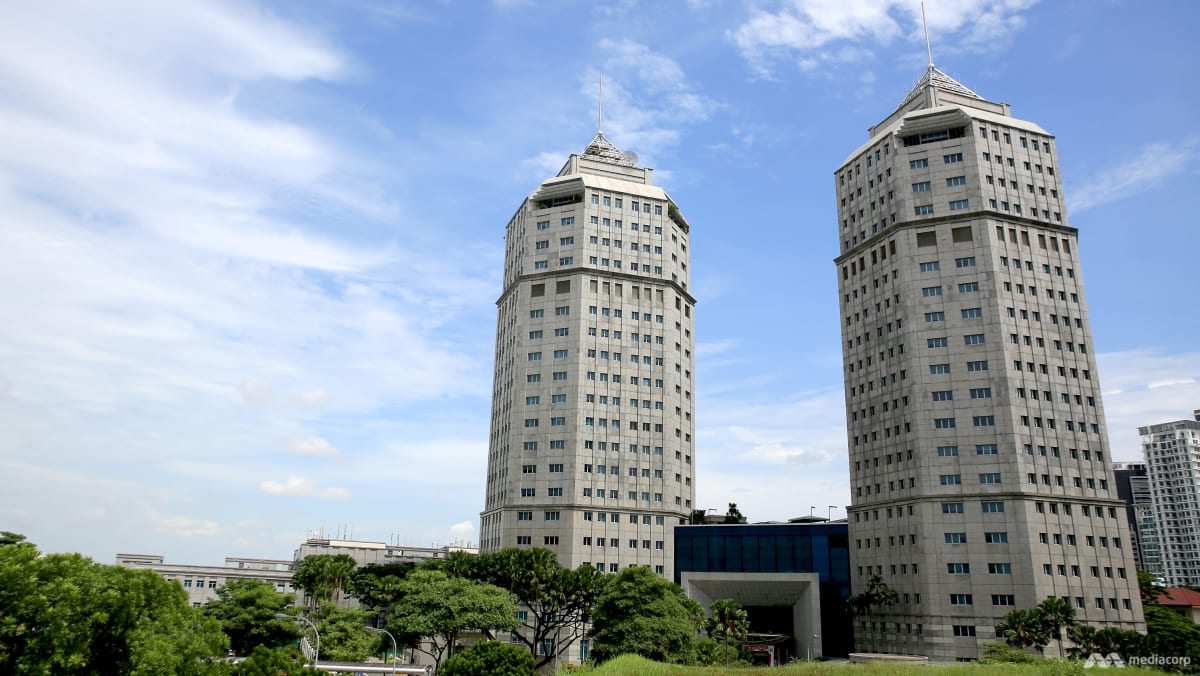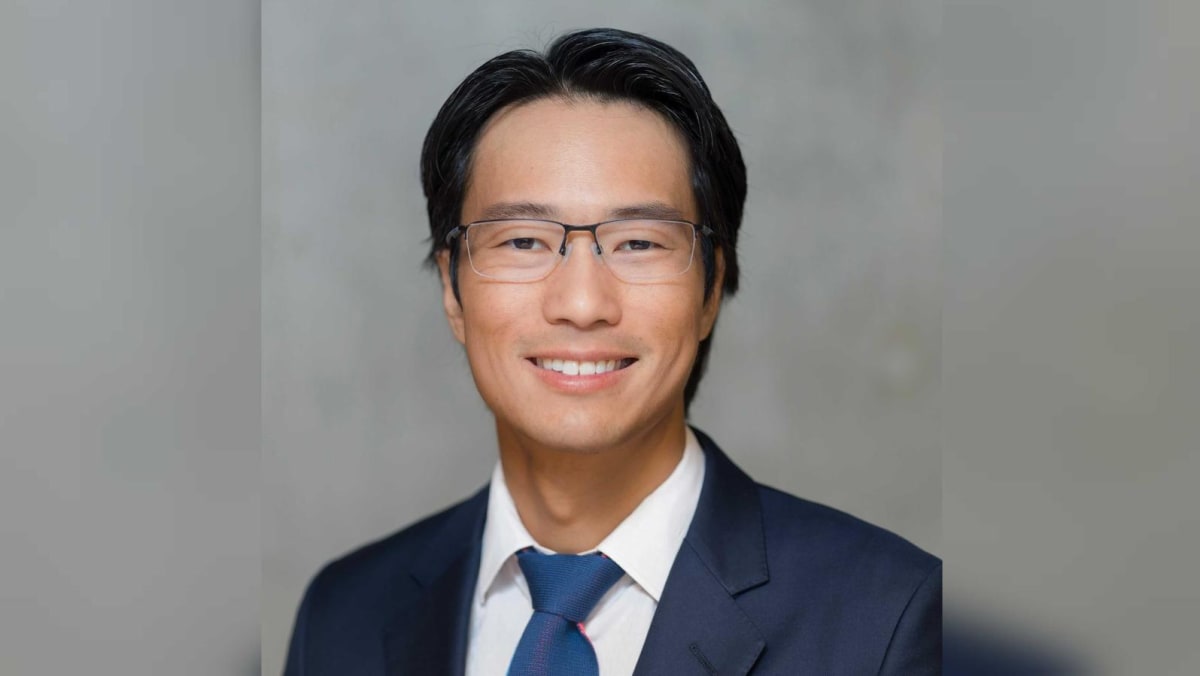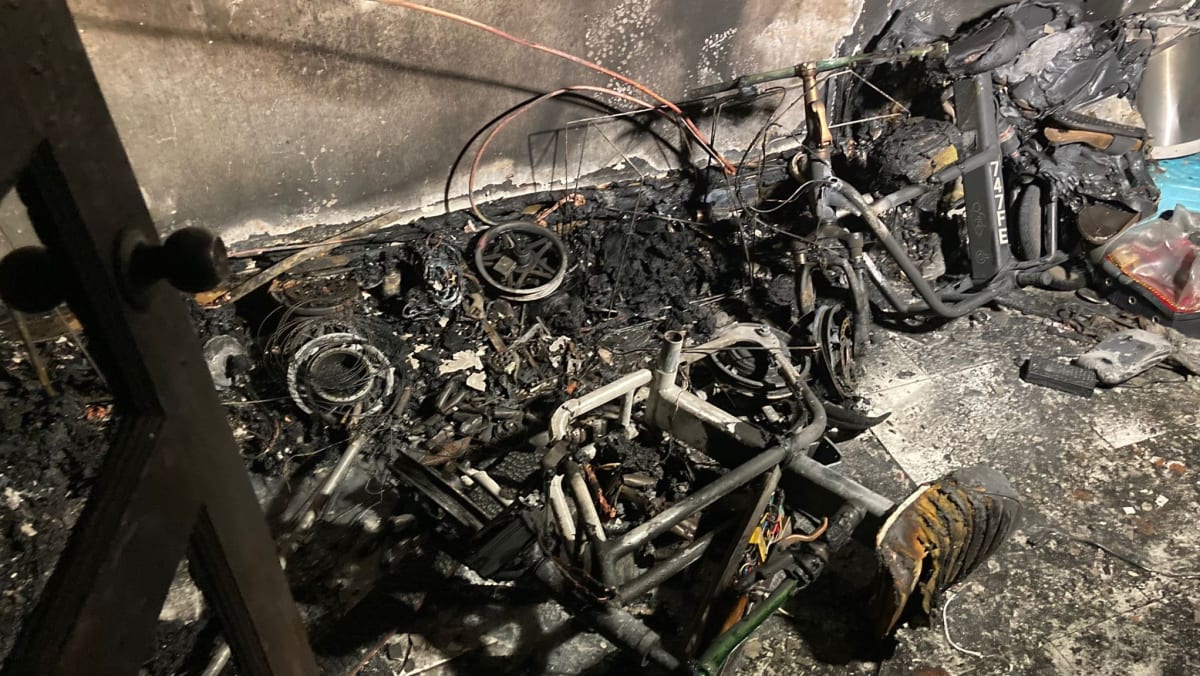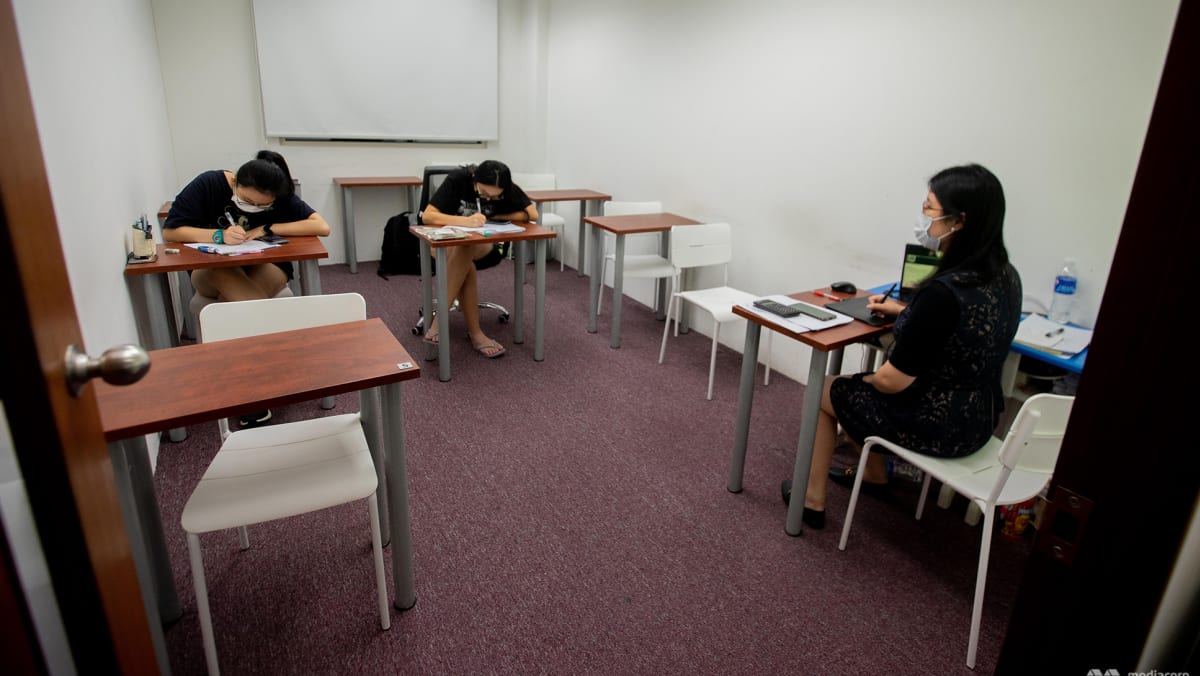SingStat noted that some resident employed households in the lowest 10 per cent owned a car, hired a domestic helper, lived in private property or had a household reference person aged 65 and over.
The household reference person may refer to the oldest member, the main income earner, the owner-occupier of the house, the person who manages the affairs of the household, or the person who supplied the information pertaining to other members.
Similar to last year, the average household income from work per household member of resident employed households in the first nine deciles rose by 0.3 per cent to 1.9 per cent per annum in real terms between 2019 and 2024.
For households in the top decile, this dropped by 0.7 per cent per annum.
MORE GOVERNMENT TRANSFERS
In 2024, households received more government transfers in 2024, with those that live in one- and two-room Housing and Development Board (HDB) flats receiving the most.
Households received an average of S$7,825 per household member from government schemes in 2024, up from the S$6,418 in 2023, said Singstat.
“This was due to measures rolled out in 2024 to support households in areas such as cost-of-living, retirement and healthcare needs,” it said in the press release.
Households that live in one- and two-room HDB flats received an average of S$16,805 per member from government schemes, more than double the average received by all resident households.













